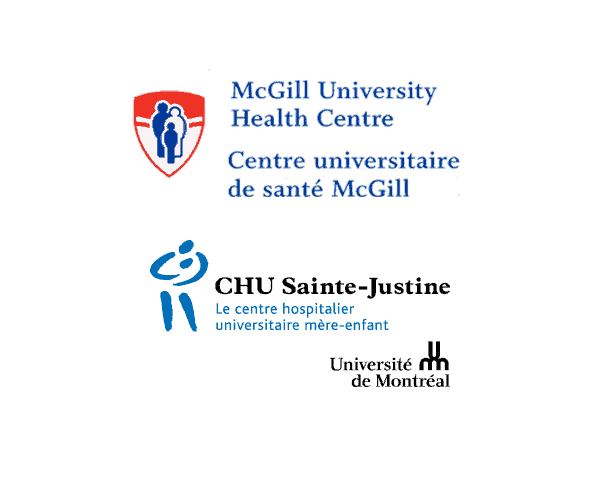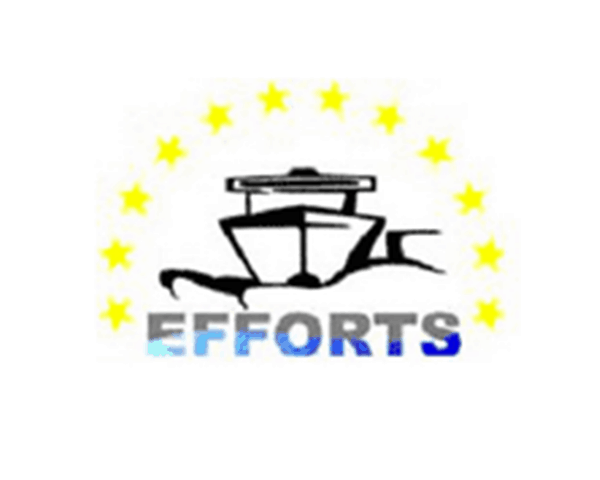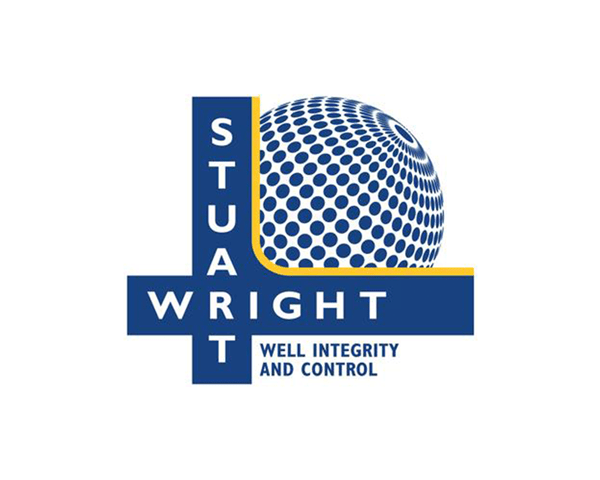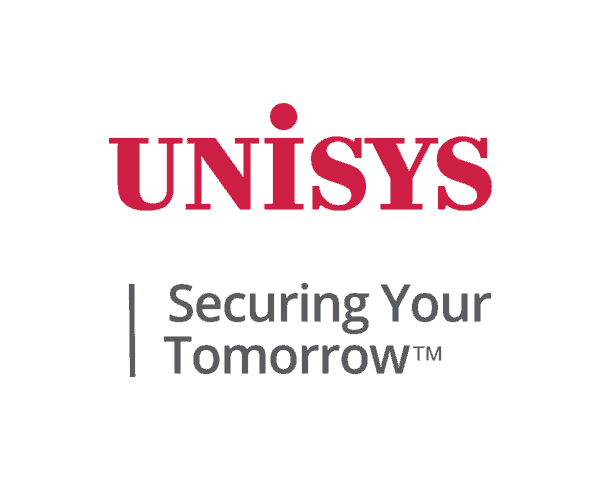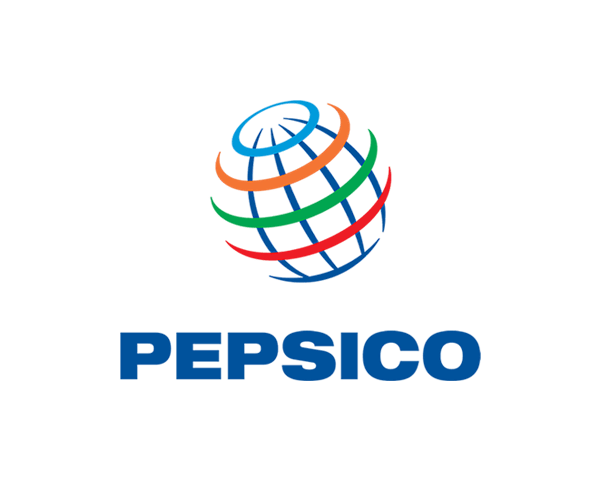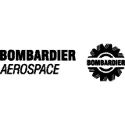Bombardier Aerospace
Bombardier Case Study: Business Process Management Implementation for Aerospace Program & Customer Support Read Full Case StudyThe Program & Customer Support Bombardier Aerospace has been experiencing and continues to anticipate a sharp increase in sales, leading to a significant increase in the workload of its Customer Support organization. At the same time, management is actively seeking business opportunities to expand the range of value-added services delivered to its clientele. Bombardier turned to Interfacing to implement a business process management (BPM) solution.
Final Results:
The Business Process Management implementation allowed for:
Enterprise Process Framework
Outlining of the core and support process structure of the organization.
Customer-Oriented Processes
Defining, modeling and analyzing improved customer-oriented processes as well as permitted teams to implement best practices across different sites.
Monitoring
Collecting operational data and evaluating process performance enabled strong management and control.
thousand employees
%
reduction in waiting time
%
reduction in elapsed time
%
increase in handled requests
Bombardier Aerospace, Program & Customer Support
Bombardier Aerospace is part of Bombardier Inc., a Canadian corporation of 55,000 employees, active in the fields of aerospace, rail transportation equipment, financial services and more. Bombardier Aerospace has grown in the last 10 years to become the third largest manufacturer of civil aircraft in the world, combining the resources of four leading aircraft manufacturers—Canadair and de Haviland in Canada, Learjet in the United States and Shorts in Northern Ireland. Bombardier Aerospace is actively engaged in process improvement, and has been implementing the Six Sigma quality program since 1997.
The Customer Support organization for Bombardier Aerospace, Business Aircraft, specializes in handling all customer-related issues relevant to operating a business aircraft, including: scheduled and unscheduled maintenance, customer, pilot and maintenance technician training, spares, technical information services, in-service engineering and special missions. This organization operates worldwide with major offices in Montreal, Wichita, Dallas and Tucson, and Field Service Representatives on all continents.
Bombardier turned to Interfacing to take advantage of its vast experience in the field of business process management (BPM).
Through the use of Charter and Designer, and under the guidance of Interfacing’s Professional Services group, Bombardier Customer Support successfully produced tangible results including:
- An enterprise process framework, outlining the core and support process structure of the organization
- The definition, modeling, analysis and improvement of one customer-oriented process, resulting in standardizing and communicating best practices across the different sites
- An online monitoring mechanism for the selected process was developed to collect operational data and evaluate process performance, thus enabling its continuous management and control
Process Analysis and Improvement
In response to the challenge posed by the anticipated increased future demand, BA P&CS selected one process from the enterprise business model for analysis, improvement and standardization across the organization. The process chosen describes the processing of unscheduled technical issues related to the operation of a business aircraft. This process starts when the organization receives a customer request for support and ends with its resolution. Currently, this critical process entails a number of hand-offs between various organizations within Bombardier Aerospace that lead to inefficiencies (delays and duplication of work) in the way that these issues get resolved. A comparative study was conducted through the use of Designer. This included:
- process mapping and modeling of the current as-is mode of operations
- quantification of every task in the workflow with relevant performance data
- creation of different could-be scenarios, capturing different ideas for improvement
- simulation and impact analysis of all process models, as-is and could-be, selecting the recommended to- be scenario
The use of Designer provided Bombardier with a rigorous modeling approach that captured all volume, cost and time-related attributes. The tool set permitted the creation of definitive models, as opposed to two-dimensional maps, ready for analysis in accordance with Six Sigma’s Analysis and Improvement phases. In this way, potential problems were identified prior to implementation. Furthermore, with Customer Support could design the new improved practice, and standardize it across the organization. The comprehensive Designer discrete event simulation engine captured the impact of the improvement ideas through the pertinent process metrics, thus justifying their implementation. Considering a yearly volume, the benefits identified included:
- a 27% reduction in elapsed time, leading to increased customer satisfaction
- a 21% reduction in processing time
- a 45% increase in the throughput of requests handled, with minimal processing cost increase, based on changes introduced to the way certain activities are executed
Monitoring Mechanism
An interface was created between Lotus Notes and Designer to monitor the performance of the process modeled. The Enterprise Process Framework built in Designer was imported into Lotus Notes as the architecture for a workflow application. The resulting database is used to capture the operational practice. A seamless transfer mechanism enables the collection and display in Designer of critical process performance data for a given period of time. The interface allows the process manager to:
- Monitor the performance of the process in real time whenever desired
- Decide on any corrective actions necessary
- Test any improvement ideas prior to their implementation
- Analyze and and fix bottlenecks
This permits the management and control of the process, ensuring that it remains within specifications, in accordance with the Six Sigma Control phase. Thus, a manager can swiftly know the performance of the process for the given period of time in terms of the average elapsed, processing and waiting time a client issue took to get resolved, the input volume, as well as the percentage of work completed or in progress.
With this interface, performance elements in the process model, such as the percentages of occurrence of different paths, can also be updated.
Current and Future Direction
Charter and Designer have been selected as a standard across Bombardier Aerospace for process mapping, modeling and analysis. These initiatives span objectives such as enterprise modeling, individual process improvement, as well as documentation.
The Lotus Notes initiative is also expanding to permit extensive process management and performance monitoring. The use of Charter and Designer, as well as the Lotus Notes monitoring interface, have been recognized as a unique and powerful support to the SixSigma methodology.
Discover how we helped other companies succeed


